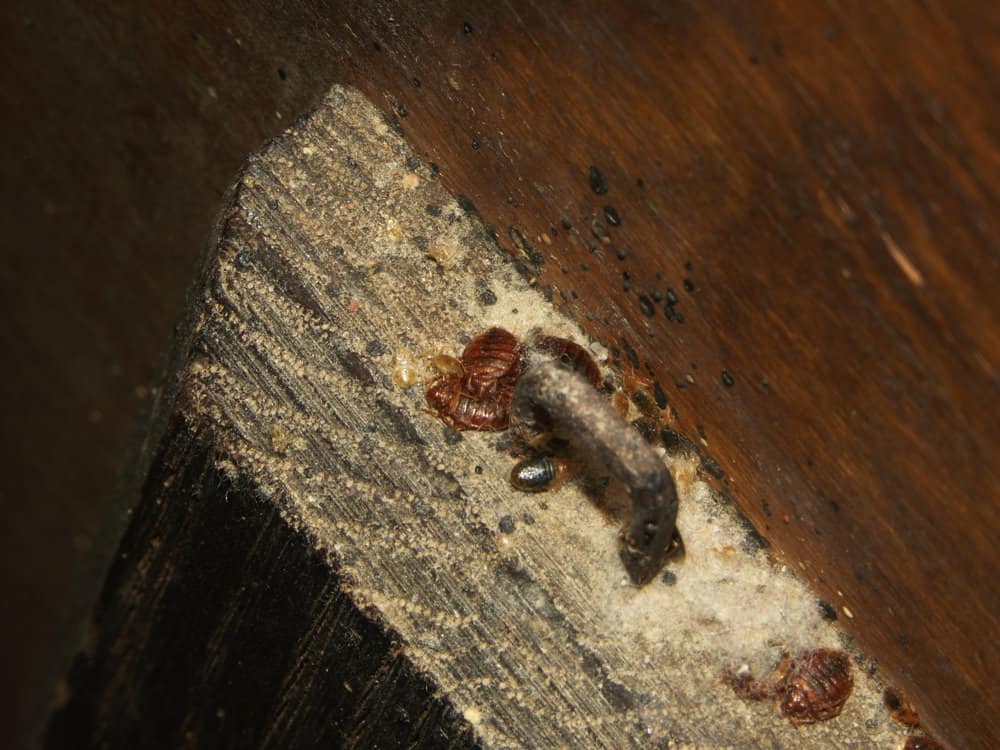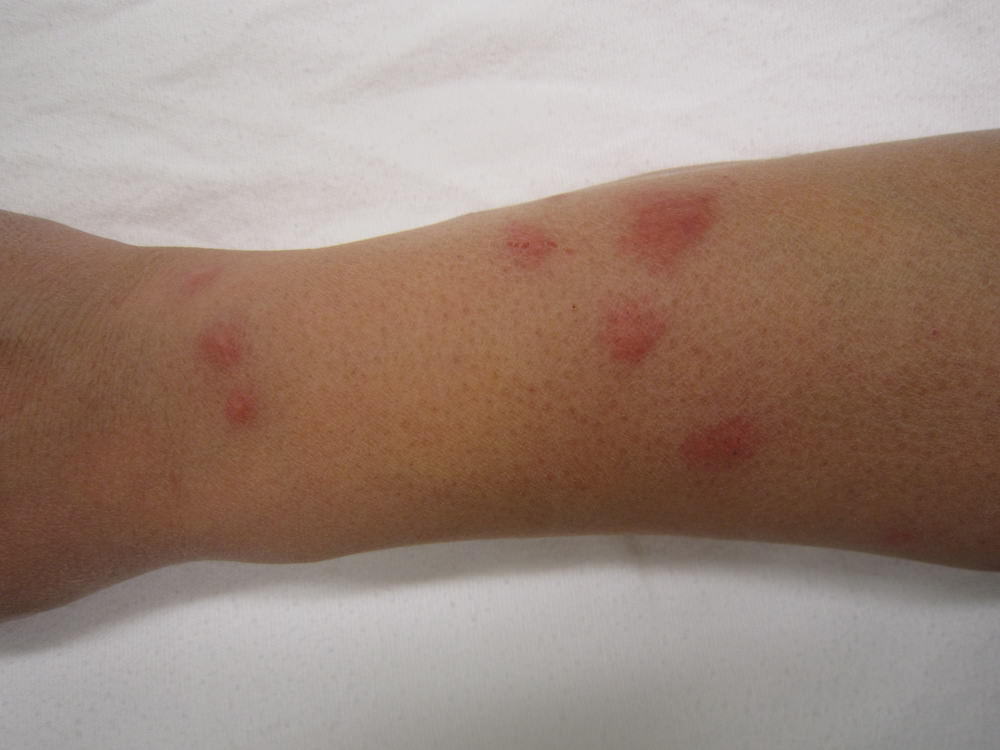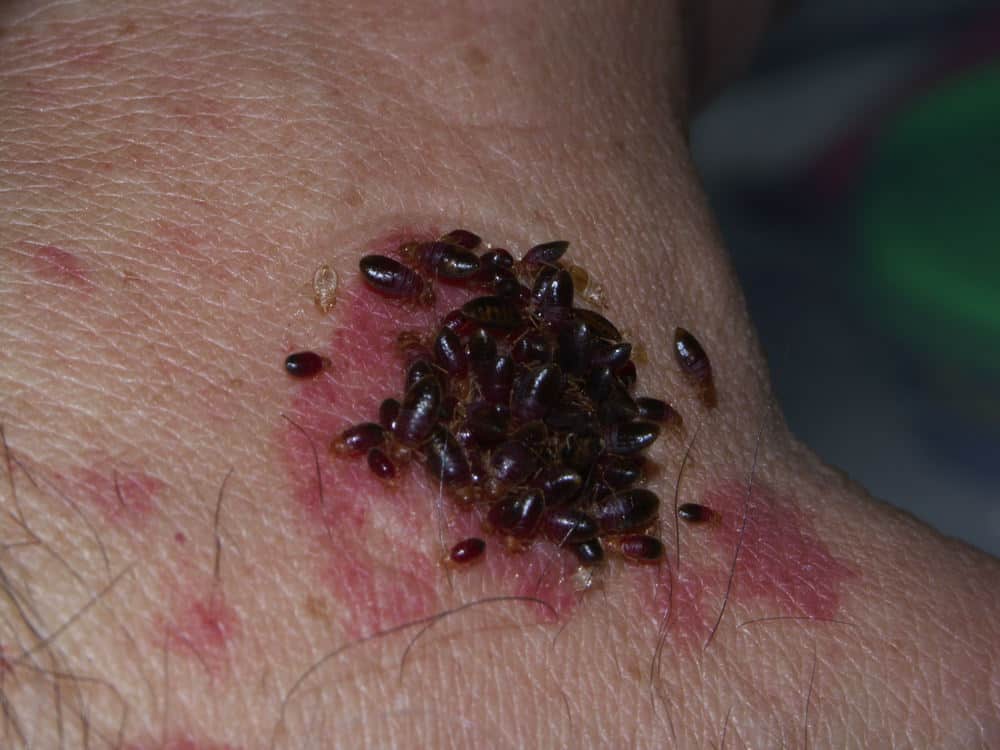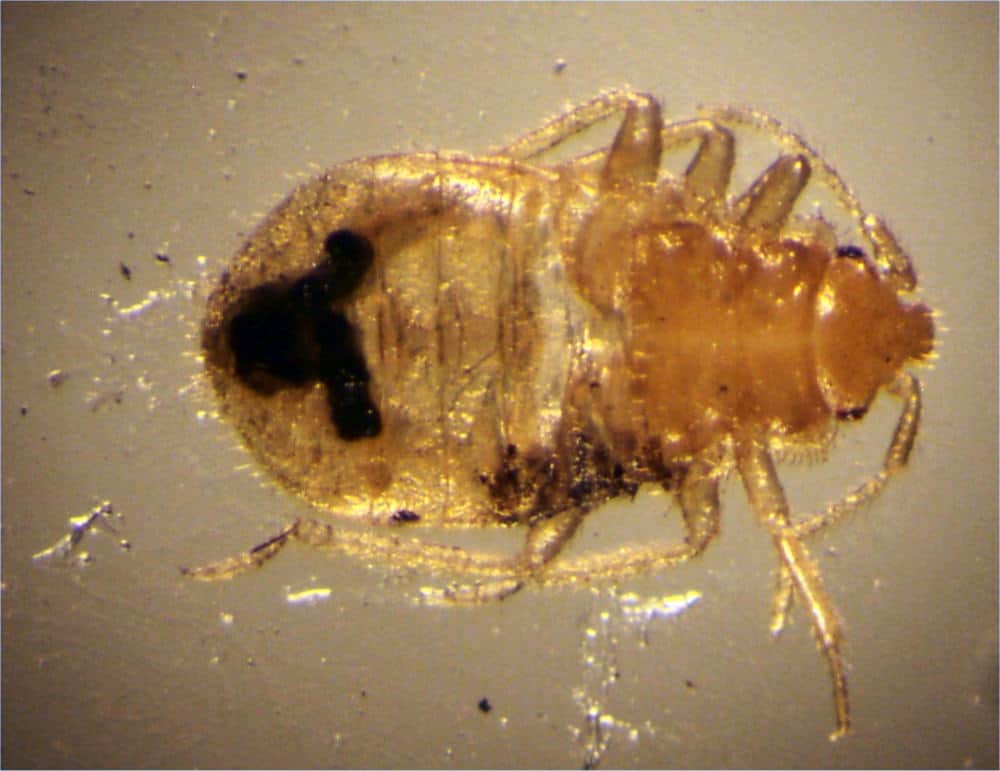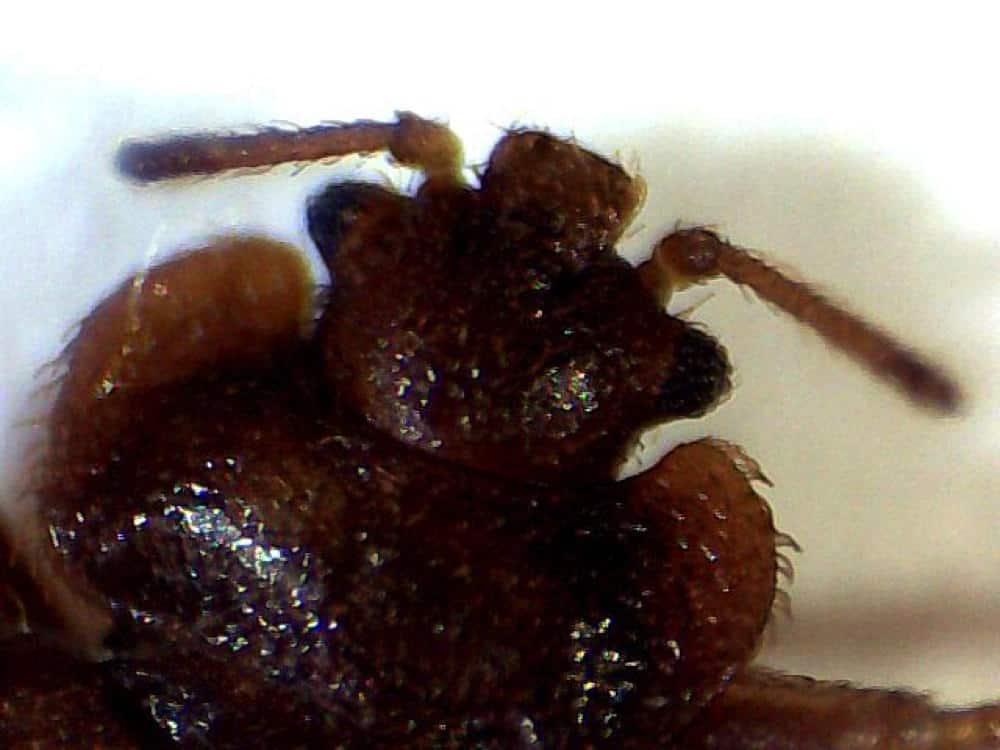How Long Can Bed Bugs Live Outside For?
With the rise in bed bug numbers, many people are wondering if bed bugs can live outside, and if so how that could be used to get rid of them or prevent them from entering the home. Maybe you’re among those who have wondered whether bed bugs will live outdoors, which temperatures might kill them outside, what natural predators exist for these pests, or how long they can go without feeding on human blood.
If you’re looking for answers to those questions, then you’ve come to the right place. Read on to discover more about bed bugs’ outdoor survival skills.
Why Do Bed Bugs Usually Live Indoors?
The reason why bed bugs are often found in buildings is simple. They have adapted to feed almost exclusively on blood from humans, not other animals. They don’t eat anything other than blood, either. Because of that, they build their colonies around the goal of staying as close as possible to their primary host.
Basically, humans stay indoors most of the time, so bed bugs stay indoors most of the time. Being unable to jump or fly makes traveling for food inefficient for these pests.
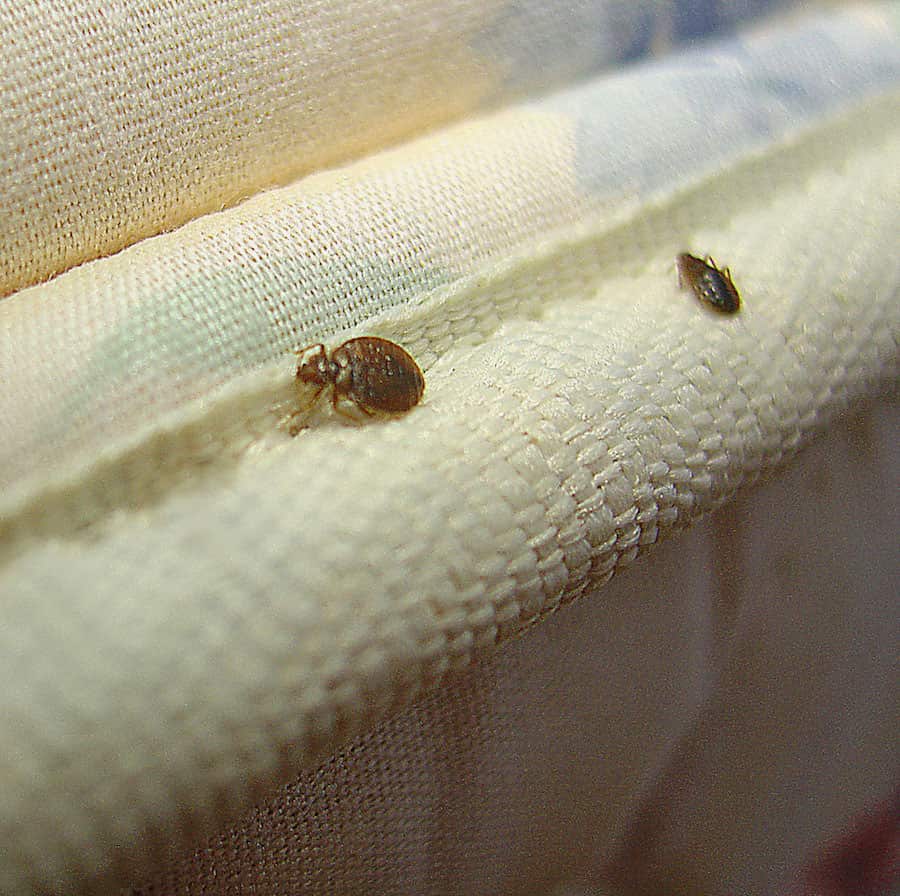
There is a misconception that bed bugs only live in beds, but that’s not actually the case. There is no internal bed bug mechanism or instinct that makes them choose beds over any other area inside a house, apartment, or other building. Bed bugs choose their locations based solely on access to food.
Humans fairly predictably lay in bed for hours every night, and that makes beds a prime target, but anywhere that humans remain for long periods is fair game for a bed bug colony to take up residence. Interestingly, that also includes outside, given the right circumstances.
Will Bed Bugs Ever Choose To Live Outside?
Bed bugs tend to hide, and their favorite hiding places are in dark areas like cracks and crevices, under cushions, in wooden sideboards, or around clutter. It seems like there are many hiding places outdoors for such a tiny creature, so do bed bugs live outside when they aren’t invading homes?
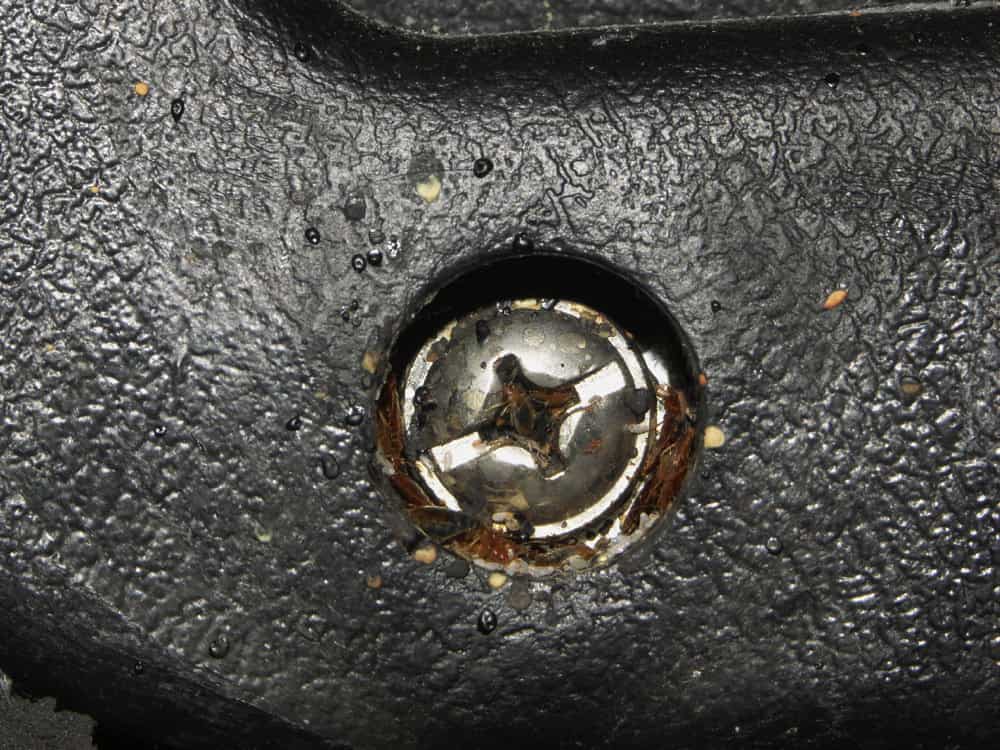
Unfortunately for those hopeful that their bed bugs will just go outside and leave them alone, it’s unlikely for these insects to live outdoors in large numbers. They have adapted to living with their food source (us), and for now, that’s where they will stay given any choice.
That being said, if people are spending large quantities of time outdoors in a particular area, then yes, bed bugs will live outside near their hosts, especially in places where people sleep or stay in one place for extended periods, such as stationary tents and cars.
The outdoors does not tend to affect bed bugs negatively, though they prefer warm areas to those with colder temperatures. That makes campsites particularly susceptible to bed bug infestations.
There is a big caveat to this information, however. Just because bed bugs don’t prefer to live outside, regardless of temperature or location, does not mean they won’t. This is precisely where people tend to mess up when treating their homes for bed bugs. They think that once they’ve treated the building, any bed bugs that were forced outdoors will die or leave.
That’s not true. The unfortunate truth is that bed bugs that are forced outdoors during treatment can and will re-enter the building as soon as they get an opportunity, and that means that if you don’t thoroughly destroy all of them, or you don’t use prevention tactics after treatment, you can get a new infestation after spending lots of time, effort, and money on getting rid of bed bugs.
You may be wondering, though, aren’t there some ways you can kill bed bugs by sending them outdoors? If you do treatments in freezing temperatures or extreme heat, is it less likely that any escaped bugs will survive outside?
How Long Can Bed Bugs Survive Outside?
The answer to those questions posed above is that it depends on several factors, but generally, you’re not going to, for instance, get rid of bed bugs in sheets by hanging the sheets outdoors in freezing temperatures.
Here’s what you need to know about how well and how long bed bugs can survive outdoors.
Temperature
You may have heard that bed bugs can be killed at high heats, and that is true. One of those most effective ways to get rid of a big bed bug infestation is to request help from a bed bug heat treatment professional, although specialist heat treatment can be very expensive.

There are also plenty of DIY heat treatments you can implement for bed bugs, such as using commercial steam cleaners in affected rooms or drying affected clothing and bedding at high temperatures.
If you’re looking for a powerful and reliable steamer for use against infestations and at a good price, the PureClean XL Rolling Steam Cleaner is a great choice. It’s heavy-duty, made to last, and produces a great covering of extremely hot pressurized steam – exactly what you want in order to kill insects and their eggs on impact.
This steamer can be used on a wide number of surfaces and objects, including mattresses, carpets, curtains, clothing, box springs, bedding and baseboards.
My favorite way to heat household items to a temperature that is sure to kill all bed bugs and eggs without needing to purchase expensive pest control heat treatment is to use a ZappBug Heater, which is specially designed to kill all stages in the bed bug life cycle.
Simply place infested items into the ZappBug heater and it will automatically reach the all-important bed bug killing temperature, so you can be sure the items come out all-clear.
Large and small versions are also available.
Unfortunately, it is never going to get hot enough outside to destroy bed bugs. Hanging garments or bedding outside in the sun will not destroy the bugs or their eggs. It is possible to seal items in a plastic bag or container on a very warm, sunny day to destroy the pests, but the internal temperature would need to reach at least 120 degrees for an hour or more. It’s not really worth leaving that up to guesswork.
Some people consider putting bed bug-infested items in their closed vehicle, and yes, a vehicle can reach pretty high internal temperatures. Consider, however, that if high enough temperatures are not sustained for a long enough time, you will just end up with a very problematic mobile bed bug infestation.
If heat outdoors is not a deterrent, then, what about freezing cold temperatures?
Unfortunately for anyone currently living in a cold area or season, bed bugs are really good at surviving the cold. In fact, when their body temperature drops, they can survive even longer between meals, up to a year. That means you’re not going to have much luck trying to clean them out of your items by putting them outside in the cold. Even putting them in your freezer is not particularly efficient. It can sometimes take up to 2 weeks to destroy bed bugs and their eggs inside a standard freezer.
Number Of Natural Predators
Bed bugs have several natural predators. These include common insects such as cockroaches and pharaoh ants. There are also a few species of spider that will eat bed bugs. You probably don’t want most of these anywhere near your home, though.
Also, bed bugs multiply so quickly that although predators would catch and devour some of them, many bed bugs would escape and continue feeding and reproducing, unaffected.
Food Availability
In all honesty, the biggest outdoor threat to bed bugs is a lack of food. Unless they find some people that are inactive outdoors, or find a way back inside, they could starve. Know that it will take them quite a while, though, because they’re quite good at fasting between meals, surviving 4 months or more without a meal in most temperatures.
Summary
Here’s what you need to know when wondering if bed bugs can live outdoors. The answer is, yes they can. Putting affected items outside is unlikely to help in your treatment plan. Long-term, bed bugs may succumb to extreme temperatures or lack of food, but those extremes are unlikely to be helpful to someone treating an infestation.


